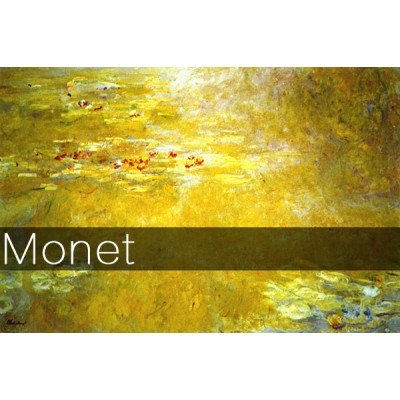Most of Monet's Oil paintings are based fundamentally on direct observation of nature. The artist frequently painted outdoors, drawing endless inspiration from the plants, trees, and pond at Giverny. The gardens on his property were the great extravagance of his final years; their upkeep required the services of six full-time gardeners.
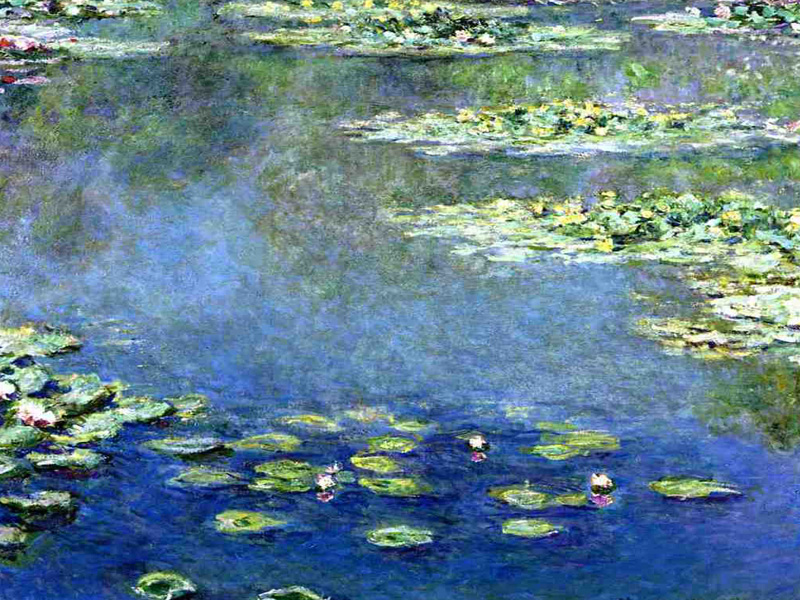
"One instant, one aspect of nature contains it all," said Claude Monet, referring to his late masterpieces, the water landscapes that he produced at his home in Giverny between 1897 and his death in 1926. These works replaced the varied contemporary subjects he had painted from the 1870s through the 1890s with a single, timeless motif—water lilies. The focal point of these paintings was the artist’s beloved flower garden, which featured a water garden and a smaller pond spanned by a Japanese footbridge.
Click here to see our products with Water Lily pattern
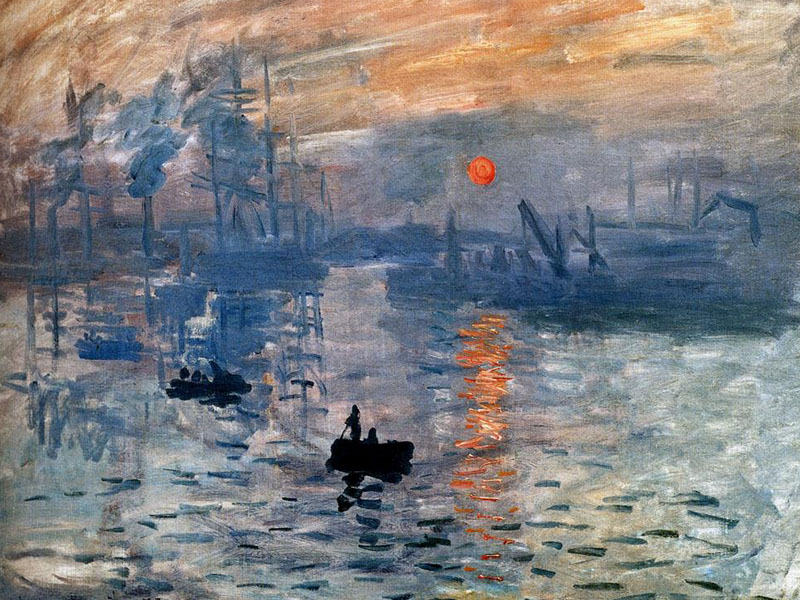
Impression, Sunrise ,shown at what would later be known as the "Exhibition of the Impressionists" in April 1874, is attributed to giving rise to the name of the Impressionist movement. Impression, Sunrise depicts the port of Le Havre, Monet's hometown, and is his most famous painting of the harbor.
Click here to see our products with Impression, Sunrise pattern
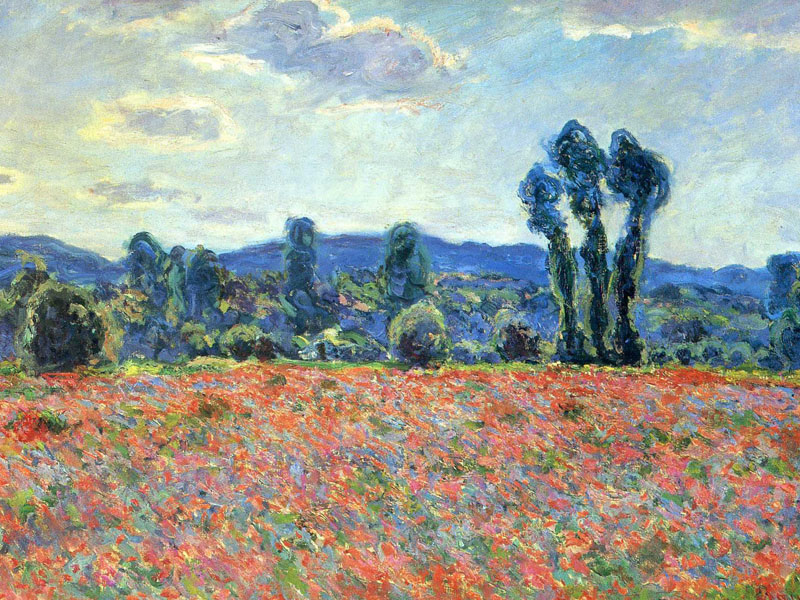
In July 1890, Claude Monet began four almost identically scaled canvases showing poppy fields near his home in Giverny. Although he did not consider these to be a series, like the 25 paintings of stacks of wheat that he began shortly after the harvest that same summer, the works certainly show his growing interest in developing several canvases at once. They also demonstrate a far more homogeneous touch than the freely brushed landscapes of his earlier career, with surfaces that have a tapestry-like materiality.
Click here to see our products with Poppy Field in Givern pattern
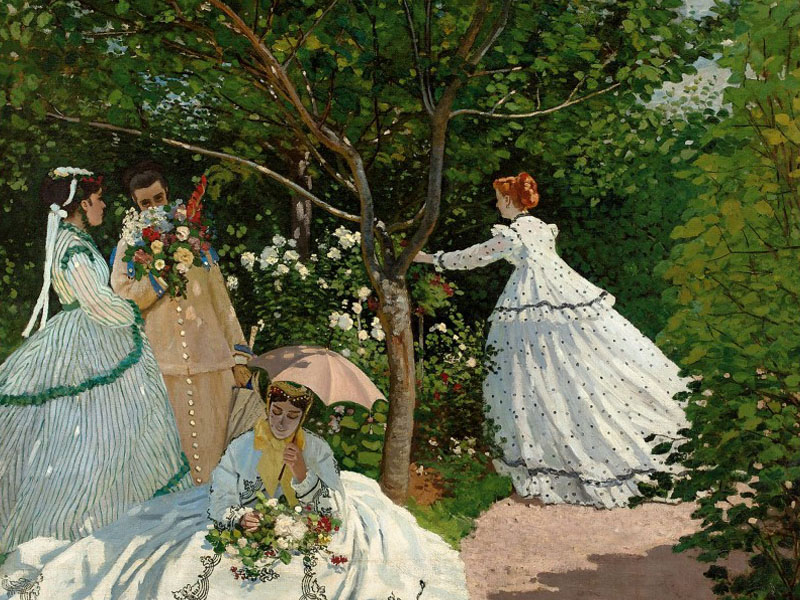
Women in the Garden was painted in the garden of a property he was renting when he was 26.
His model for the women of the painting was Camille Doncieux, who would later become his wife, bearing him two sons. To finish the dresses in the most fashionable style, Monet used magazine illustrations to render the clothing.
Click here to see our products with Women in the Garden pattern
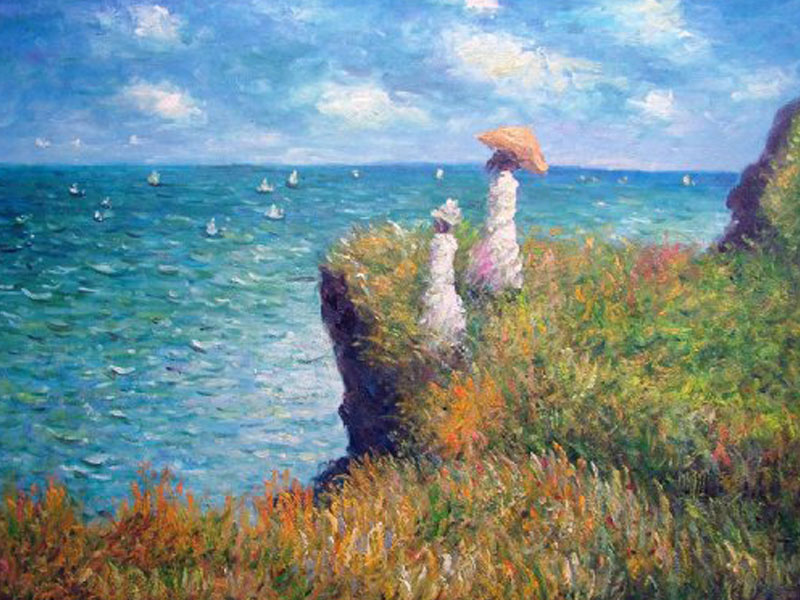
The two young women strolling in Cliff Walk at Pourville are probably Marthe and Blanche, the eldest Alice Hoschedé(whom he would marry in 1892, after her husband's death) daughters. In this work, Monet addressed the problem of inserting figures into a landscape without disrupting the unity of its painterly surface. He integrated these elements with one another through texture and color. X-radiographs show that Monet reduced the rocky outcropping at the far right to balance the proportions of sea and sky.
Click here to see our products with Cliff Walk at Pourville pattern
Our website has launched a series of oil painting products, including Monet. If you are interested in Art or just Painting, those products will be much suitable for you. www.diythinker.com/search&search=Monet



